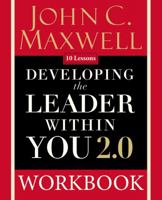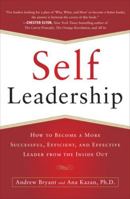Wiley GAAP: Practical Implementation Guide and Workbook
Select Format
Select Condition 
You Might Also Enjoy
Book Overview
Wiley GAAP Workbook provides easy-to-understand guidance and clarity to practical applications of GAAP. Enhancing your comprehension of GAAP to enable practical application of a variety of situations that you may encounter in practice, this workbook and guide simplifies application of GAAP standards and interpretations to specific real-world situations.
Provides easy-to-understand clarity and guidance on interpretation and application of the overwhelming and voluminous GAAP standards Offers explanations supplemented with examples, case studies, solutions, and illustrations for enhanced understanding of GAAP Includes newly issued accounting pronouncements and information on the GAAP codificationWiley GAAP: Practical Implementation Guide and Workbook is a quick reference guide on Generally Accepted Accounting Principles and their application with easy to understand outlines of FASB standards, practical insights, case studies with solutions, illustrations, and multiple choice questions with solutions. It greatly facilitates understanding of the practical implementation issues involved in applying these complex rules-based standards.












































